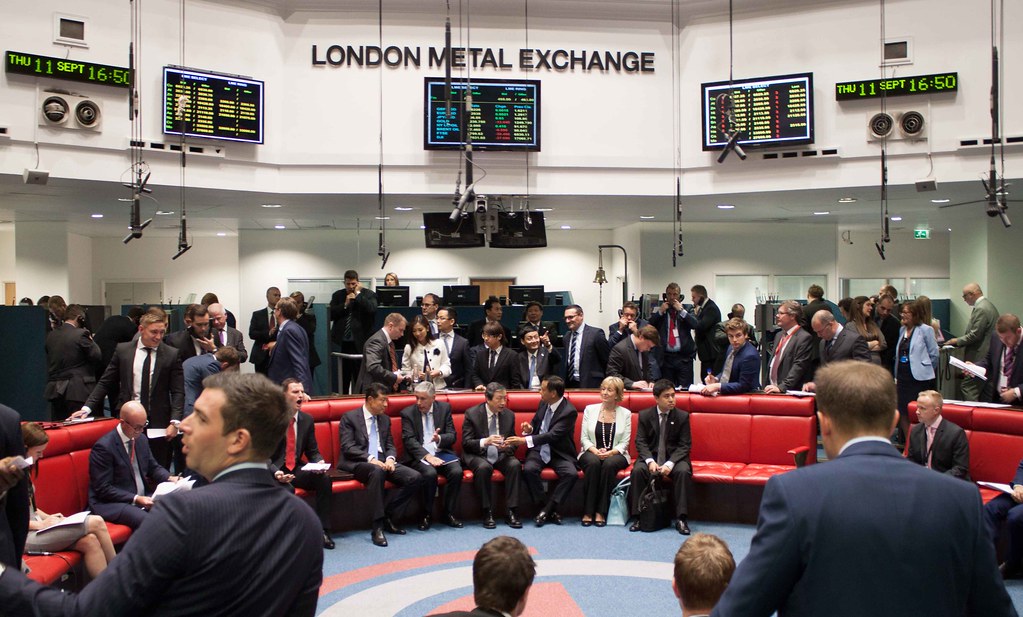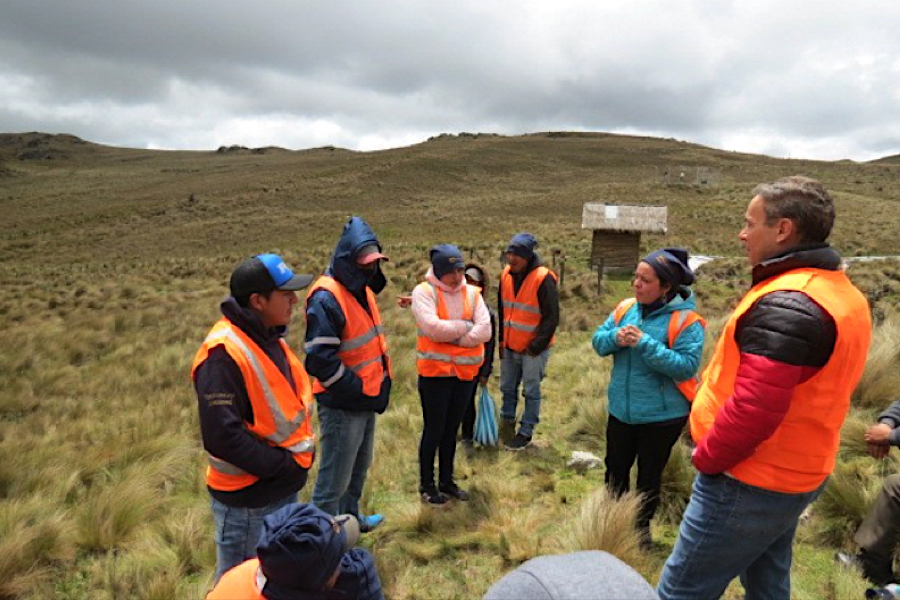LME seeks to boost electronic trading, reassure physical users

The London Metal Exchange unveiled a set of proposed measures on Wednesday to boost electronic trading while also seeking to balance recurring tension between traditional users that trade physical metal and the financial community which prefers screen deals.
A key element of the new measure is moving small block trades – privately negotiated deals with brokers – to the LME electronic system to increase volumes on a single date per month.
Most futures exchanges have a single expiry date for monthly contracts, but users of the LME can trade each day, set up to enable physical users to tailor their deals to metal deliveries.
The LME, the world’s oldest and largest market for industrial metals, argues that their system often dilutes liquidity over many dates and the new system will help focus some of it.
“We’re not talking about a huge amount of LME liquidity,” chief executive Matthew Chamberlain said in an interview.
“But it’s important because these are the trades where the end clients, based on our conversations with them, really want to have electronic execution.”
Under the proposals, which have not been finalized, block trades for monthly dates under 10 lots would have to be executed on the exchange’s electronic LMESelect system.
Drive trades to screen
The proposed block trade rules, which allow larger trades to be privately negotiated because they might move the market if they are displayed on screen, are in line with other exchanges, the LME said.
Key outcomes would be improved bid-offer spreads and better execution for clients, it added.
“The exchange has been pushing to drive liquidity to the screen and away from brokers for years… Just another attempt to drive the market in the direction they want, rightly or wrongly,” an LME broker said.
Chamberlain said the new proposals would not affect its open-outcry floor, one of the last such venues in the world, which is often used for physical trades.
The trades that would be shifted to screen trading are currently done over the phone, he added.
“There’s a significant amount of business that’s more aligned with the physical market and they’re not within the scope of this,” Chamberlain said.
Three years ago the 147-year-old exchange proposed to close the trading floor and join the bulk of other financial exchanges that have moved to pure electronic trading, but an outcry from physical LME users saved the ring.
LME now operates on a hybrid basis, using open-outcry trading for official prices used by physical users as benchmarks for their deals and an electronic system for closing prices.
Recently, nearly all of the seven remaining firms participating on the floor told Reuters they remained committed to the age-old practice.
LME has said the floor will close if the number of ring members falls below six, or if their trading in the second ring falls to less than 75% of last year’s level.
The LME, owned by Hong Kong Exchanges and Clearing Ltd., said its new version of the LMESelect electronic system has been released for member testing and is due to be rolled out early next year.
That would be in time for the expected implementation of the liquidity proposals in the second half of next year, it said.
(By Eric Onstad, Pratima Desai and Polina Devitt; Editing by Jason Neely, Christina Fincher and Jonathan Oatis)
{{ commodity.name }}
{{ post.title }}
{{ post.date }}

Comments